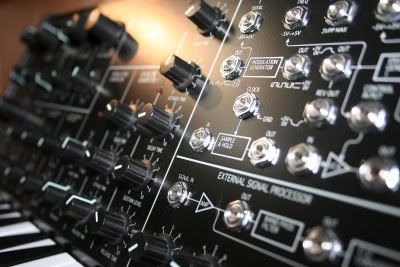I’ve been working on some field recordings lately for what I have termed my “Safe Havens” project. This explores three nature reserves in quite different landscapes taking in the full width of Wales from the flat Welsh Marches borderland (where I live) in the east to the wide estuary at Ynyslas in the west, passing through a high mountain reserve on the way. The reserves each represent different habitats too. Holly Banks is a restored wetland at the heart of the confluence between the rivers Severn and Vyrnwy. Gilfach resides on a hill farm in the Marteg Valley and includes hay meadows, rocky outcrops, oak woodland and wet flushes, all bisected by the River Marteg. Ynyslas (part of the wider Dyfi National Nature Reserve) lies at the mouth of the River Dovey estuary and includes coastal sand dunes with nearby inland raised peat bog, saltmarsh and mudflats. The aim in each case is to capture a broad sonic signature of the landscape in which the reserves reside including not just the wildlife, but all of the periperhal sounds that feed into the reserves audible soundscape. Ultimately I am hoping to release the finished work on one of the dedicated field recording labels in Spring or early summer next year.
Last weekend was a first recce visit to Holly Banks, which is very poorly signposted (in fact there were no signs !), located just beyond the small village of Melverley in Shropshire. The reserve is an attempt to restore the kind of wetland landscape that would have been common in the confluence before drainage, flood defence banks and enclosure carved up the wetland and dried it out in the eighteenth century. The meadows are kept wet in the Spring and Summer by managing the flow on a deep ditch bordering the reserve and then the land is allowed to drain in the winter so that it can soak up floodwater. Large ponds and scrapes have been created across the area.
When you first enter the reserve via a kissing gate off a rough track you are presented with a huge open vista looking across the floodplain to the Breidden and Middletown hills in the far distance. Having soaked up the vista you then become aware of the accompanying depth of sound carrying over miles. On the day of the visit it was sunny with light cloud and a gentle breeze and the acoustic detail was really rich from foreground to background.
I found a good recording location (shown in the photo above) with a pond scrape in the foreground surrounded by bamboo like reeds that rustled gently in the breeze. The pond looked quite active with skaters, beetles, small fish and snails all moving around so I dipped the JrF C-series hydrophone in to capture micro level sounds while the larger macro level soundscape was recorded on my Tascam DR-100 MkII recorder using the internal stereo mics and a windshield. Three recordings were made, one with the hydrophones in the pond, one with the rustling reeds in the foreground and sounds beyond and one capturing the bird activity above in the form of a large group of buzzards wheeling on the air currents. These were all mixed into one track to recreate the full depth of the soundscape I could actually hear.
The complexity of foregound to background sound is fascinating in this track with grasses in the immediate foreground together with passing insects, then the hydrophone ticking and stridulating of water insects in the pond along with occasional bubbles of gas rising to the surface. Beyond that there are a wide variety of bird sounds, farm machinery, dogs barking on farms and right out in the background you have the cracking of shotguns on the Criggion Estate where pheasant shooting season is well under way. In fact I found the juxtaposition of human endeavor to manage the land for nature conservation in the foreground and for shooting birds in the background quite fascinating.
Do pop back to the blog to follow the sonic journey over the coming months as I will be posting up photos and sonic snippets along the way.



